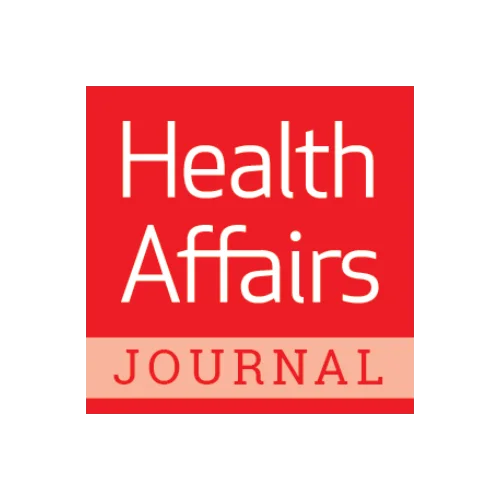PBJ research report and related news:

Medicare’s New Patient Driven Payment Model Resulted In Reductions In Therapy Staffing In Skilled Nursing Facilities
Medicare’s Patient Driven Payment Model (PDPM) significantly altered the way skilled nursing facilities (SNFs) are paid, removing the financial incentive to maximize the volume of therapy services delivered to patients. Using federal payroll-based staffing data, we examined the effect of the PDPM on SNF therapy and nursing staff hours.
After PDPM implementation, which took effect October 1, 2019, SNFs significantly reduced their therapy staff hours. Physical therapist and occupational therapist staffing levels were reduced by 5–6 percent during October–December 2019 relative to pre-PDPM levels, and physical therapy assistant and occupational therapist assistant levels were reduced by about 10 percent. These reductions were concentrated among contracted employees and were larger in SNFs with higher shares of Medicare-eligible short-stay residents.
No meaningful increases in nursing staff in response to the PDPM were found. Further research is needed to determine the effect of these therapy staff reductions on SNF patient outcomes.
McGarry, Brian E., et al. “Medicare’s New Patient Driven Payment Model Resulted In Reductions In Therapy Staffing In Skilled Nursing Facilities.” Health Affairs, vol. 40, no. 3, 2021, pp. 392–99. Crossref, www.healthaffairs.org/doi/full/10.1377/hlthaff.2020.00824.

Skilled Nursing Facility Staffing Impacted by New Payment Rules
Skilled nursing facility (SNF) staffing levels across several provider types have fallen since Medicare implemented new payment rules meant to drive value over volume of services, according to a new Health Affairs study.
The study published last week found that physical therapist and occupational therapist staffing levels at SNFs fell by 5 percent to 6 percent from October to December 2019 compared to the period before Medicare implemented the Patient Driven Payment Model (PDPM).
Physical therapy assistant and occupational therapist assistant levels also decreased following PDPM implementation, falling by 10 percent compared to the pre-implementation period.
LaPointe, Jacqueline. “Skilled Nursing Facility Staffing Impacted by New Payment Rules.” RevcycleIntelligence, 9 Mar. 2021, revcycleintelligence.com/news/skilled-nursing-facility-staffing-impacted-by-new-payment-rules.

Therapy carnage at start of PDPM not as severe as feared: study
The first academic study of its kind has found that the first three months of nursing homes’ overhauled Medicare payment system at the end of 2019 led to a distinct drop-off in the employed number of licensed therapists and therapy aides.
But with retrenchment of about 5% for therapists and 10% for aides, the levels did not reach the drastic wipeout that some stakeholders had warned or complained about.
More revealing, however, should be results of an upcoming study on the level of therapy minutes delivered in the Patient Driven Payment Model era, the researchers noted.
Berklan, James. “Therapy Carnage at Start of PDPM Not as Severe as Feared: Study.” McKnight’s Long-Term Care News, 2 Mar. 2021, www.mcknights.com/news/therapy-carnage-at-start-of-pdpm-not-as-severe-as-feared-study.


